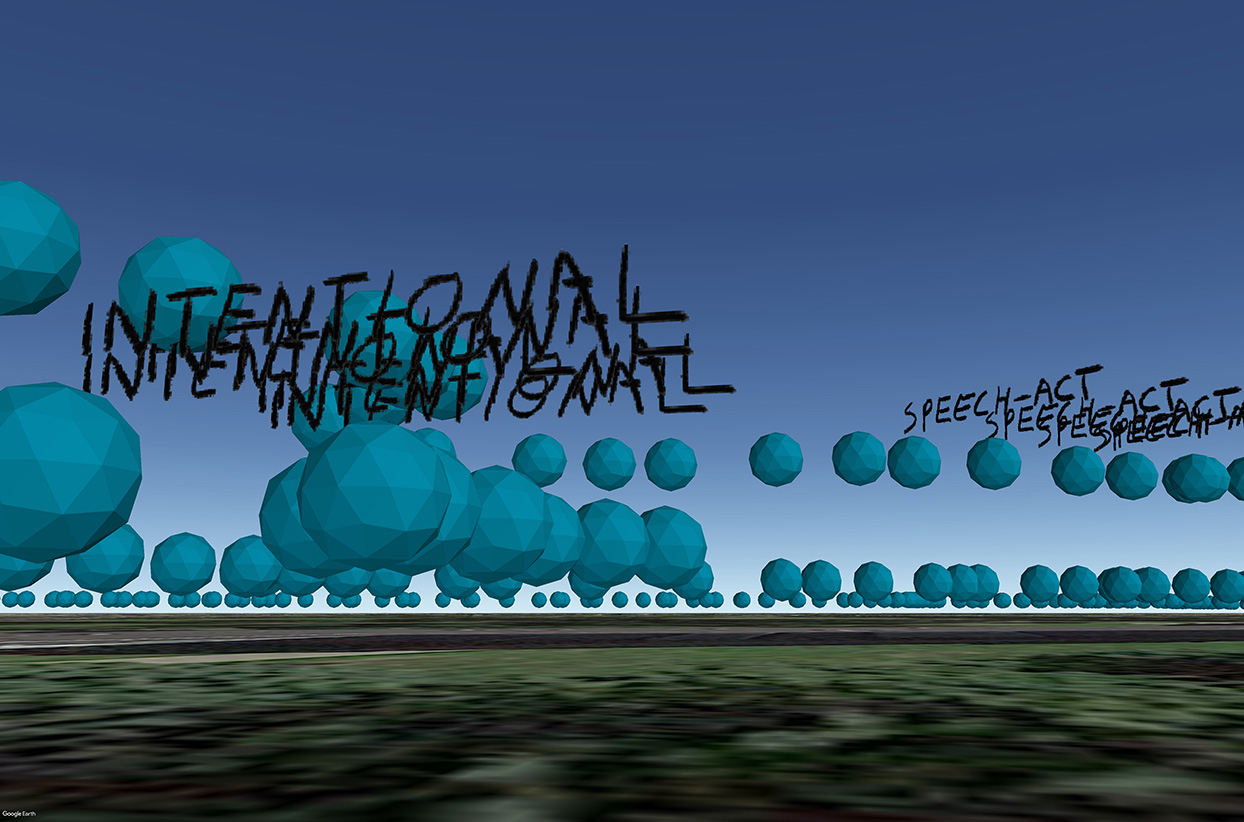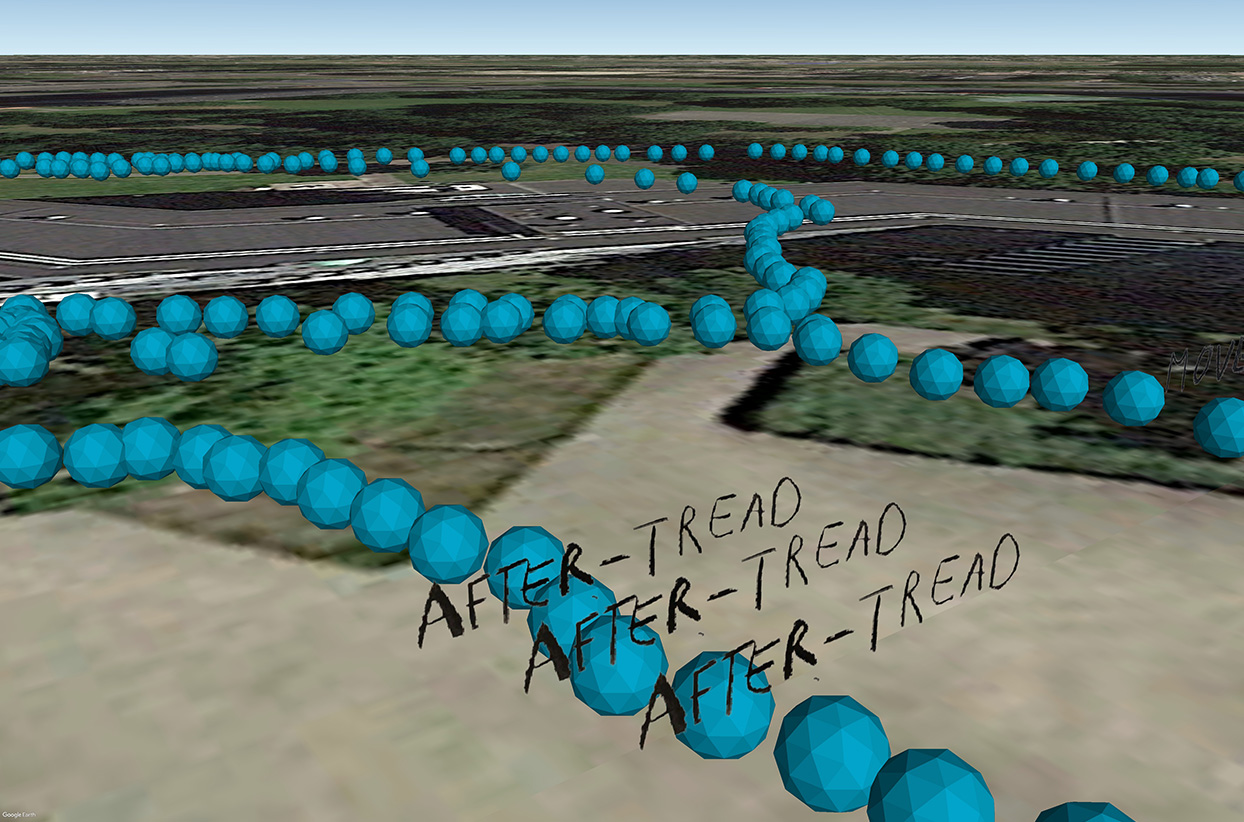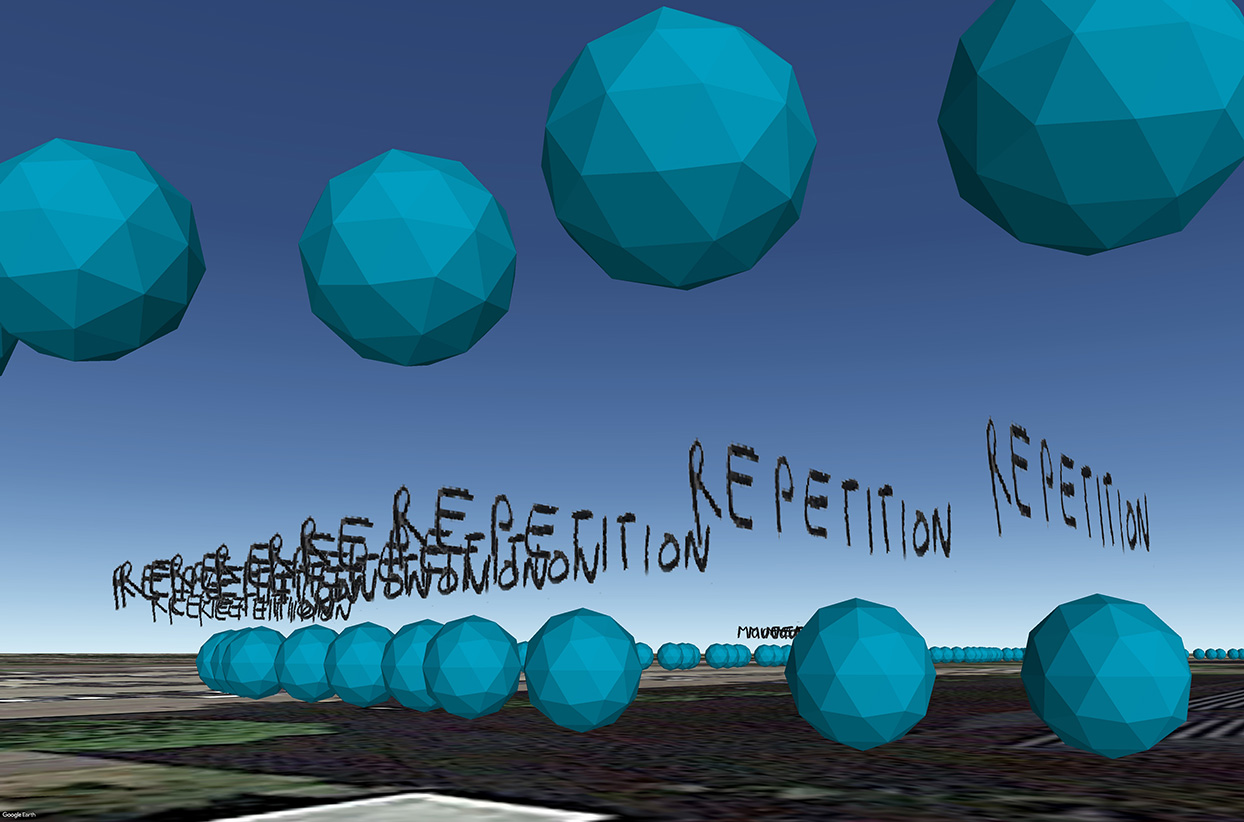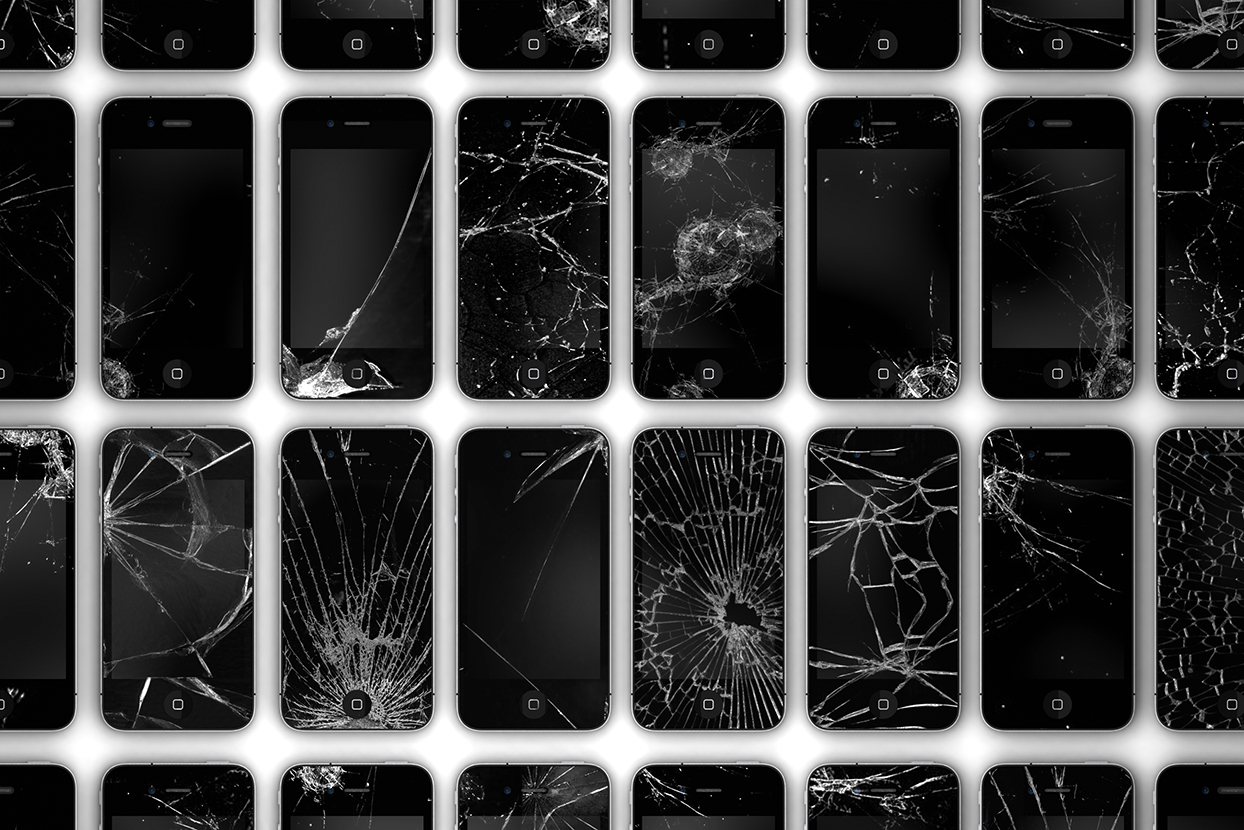Technology / Affect / Space (T / A / S) is a conceptual and interdisciplinary research project into the interaction between technology, affect and public space initiated by Open! together with media theorist Eric Kluitenberg. It can be considered as a continuation and actualization of the Hybrid Space issue of the Open! print cahier in 2006 on the mobilization of public space facilitated – and even initiated – by wireless media. In Hybrid Space we noted that publicness has become ‘a complex of concrete and virtual qualities, of static and mobile domains, of public and private spheres, of global and local interests’ and asked how a critical position could be possible in a hybrid space that is characterized by invisible information technology. Since then Web 2.0 and wireless media have only developed further; social networks such as Facebook and Twitter came into being and mobile media devices are now ubiquitous. T / A / S takes into account the ultimate implications of this for the public sphere in exploring the dynamics, aesthetics, design and politics of an emergent techno-sensuous spatial order that we refer to as ‘Affect Space’. There have been three exploratory public events so far on this topic in 2016: Amsterdam (with De Balie and LAPS); Rotterdam (with the New Institute); and Boston (with ACT, the MIT Program in art, culture and technology). A series of articles will be released on Open! in the coming months. What follows is a brief introduction to the underlying subject matter and key questions of T / A / S.
The emergent techno-sensuous spatial order of Affect Space is characterized by three constitutive elements: the massive presence of self-produced media forms, the context of (occupied) urban public spaces and the deep permeation of affective intensity in these media forms and urban spaces. While not ‘invented’ by anyone, the complex dynamics of the interaction among these three elements became clearly visible in the extraordinary series of popular protest gatherings in public space that have dominated world news from early 2011 onwards. In each case the local context and ‘underlying issues’ were remarkably diverse (Tunis, Caïro, Madrid, Barcelona, Athens, New York, São Paulo, Haren, Kiev, Hong Kong, Ferguson, Paris...), the pattern of simultaneous mobilization in the media and physical space was incredibly consistent – as was the ephemeral dissolution of these same acts.
This striking pattern of sudden collective mobilization and dissolution in public space is not limited to these protest gatherings, and cannot be explained exclusively by the aide of technology in their coming into being. Nor can it be reduced to the contested political, ideological and economic issues at stake. The diversity of context, incitement and participants is simply too great to hold accountable for the recurrence of this pattern.
The above point is perhaps illustrated tellingly in an early example of this pattern, with the ‘Project X’ party riot in the suburban town of Haren, the Netherlands in mid-2012.1 A Facebook invite to a local girl’s sixteenth birthday party (accidentally posted ‘public’) was picked up and transformed into a Project X party meme. It went viral, generating enormous traffic and (mass media) attention. In reaction to the seemingly immanent public order disturbance local authorities organized a massive police response. On the designated date numerous police officers and a large crowd of Project X Haren participants clashed over a party that never existed, leading to the devastation of the city centre’s public space and widespread damage to private properties. A national investigation produced a thorough report.2 Most intriguing was the media analysis by researchers at Utrecht University. They concluded that the crowd build-up was incited almost exclusively via social media channels. Mass media exposure had a negligible influence. While the mobilization pattern was virtually identical to the large protest gatherings we’ve become familiar with since 2011, any kind of underlying contested social or political issue was completely absent. So how do we account for these remarkable phenomena?
In an essay by the co-author of this editorial Eric Kluitenberg titled ‘Affect Space’, the contours of a model are suggested, building on three constitutive elements:
- A technological component: The Internet, but in particular the widespread use of mobile and wireless media perform a crucial function to mobilize large groups of people around ever-changing ‘issues at stake’.
- An affective component: A recurrent characteristic is the affective intensity generated and exchanged in these mobilization processes. Reasoned arguments seem to play much less of a role than affective images, suggestive slogans (‘We are the 99%!’ / ‘Je (ne) suis (pas) Charlie’) and vague but insistent associations with things that are felt as highly desirable (the mystique of a Project X party in (sleepy) Haren, whose meaning no one fully grasps, and whose existence is subject to question – in this case with no party taking place at all).
- A spatial component: Particularly the affective intensity generated in the mobilization process cannot be shared effectively in disembodied online interactions on the Internet and via apps. This lack stimulates the desire for physical encounter, which can only happen in a physical spatial context paradigmatically in (urban) public space.
The use of mobile and wireless media changes the nature of public space dramatically. Ever- tighter feedback loops of the physical and the mediated are generated, turning streets and squares into media channels and platforms in near real-time. As wireless networks speed up, the speed of these feedback loops is only intensified (Wi-fi, 3G, 4G, et cetera). The physical and mediated feedback loop precipitates affect-related forms of communication and exchange. In these dense environments, messages, images and impulses with the strongest affective effect – not the most well thought-through argument, delicately composed visuals or eloquent exposé – are the most apt for dissemination.
The main questions T / A / S pushes to the forefront and explores through public research meetings and essay assignments are:
- How does the complex but highly recognizable interaction between technology, affect and physical space influence use, design and behaviour in public space?
- What is the significance of this development for political processes, particularly when the relation between content and affective slogans and images becomes extremely ambiguous?
- Which new forms of manipulation and control emerge, in the media space and in public space – in short in the public domain?
- How can effects that undermine rather than support an open democratic social order be counteracted?
- What role do artists, designers, architects and urbanists have in these processes? And what is the role that they wish to assume?
There is a rich repository of engagements with the implicit and explicit orderings of public spaces, ranging from psychogeographic procedures developed by the Situationists, to critical theories and practices in architectural and urban design, information architecture, and geo-locative arts and design, as well as within social movements, community arts, and media theory and activism. The aim of T / A / S is to bring protagonists in these different fields into conversation on the emergent techno-sensuous spatial order of Affect Space. Please continue to visit us as the essay series puts forth contributions by media scholar, artist and activist Alessandra Renzi, artist- researcher Sher Doruff, architectonic office JARD (Javier Argota and Rodrigo Delso), media theorist Nishant Shah, artist-designer Christian Nold, Eric Kluitenberg and artists PolakVanBekkum (Esther Polak and Ivan van Bekkum).



